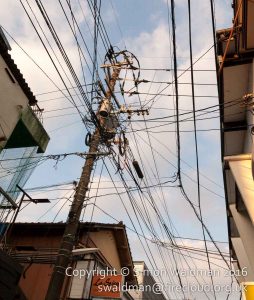Academia doesn’t have a way of acknowledging contributions short of authorship that matters.
Yes, we have Acknowledgements sections, and I try to be very comprehensive in who I include, but while it feels good to be featured there, it doesn’t actually matter from a career perspective; nobody is going to sit in an interview or review panel and say “They didn’t author any papers this year, but they were acknowledged on seven really good ones, so they clearly did some good work”. Indeed, because acknowledgements aren’t indexed in the same way as authorships, nobody is likely to even know.
If somebody, say, allows use of a dataset that’s already been written up elsewhere[1], or is a technician involved in an analysis, their work has been important in enabling the study to be conducted, and thus should undoubtedly be acknowledged, and more so than a polite thank-you at the end of the paper that nobody will remember… and so they end up becoming authors, despite not having made the intellectual contribution that should mean authorship of the paper. And this is one of the causes of author inflation, and also of this sort of thing.
It makes me wonder if we need a third way. Let the authors just be the people who wrote the paper, or (perhaps) otherwise made intellectual contributions to the study. Leave the “acknowledgements” section for funders, companies, public data providers, whimsical mentions of friends, and so forth. Set up a new list of “Contributors” or some such, indexed as authors are, for people who need to be able to point to what they’ve done on PURE or Google Scholar.
[1] The move towards citable datasets that have their own DOIs should help here.



